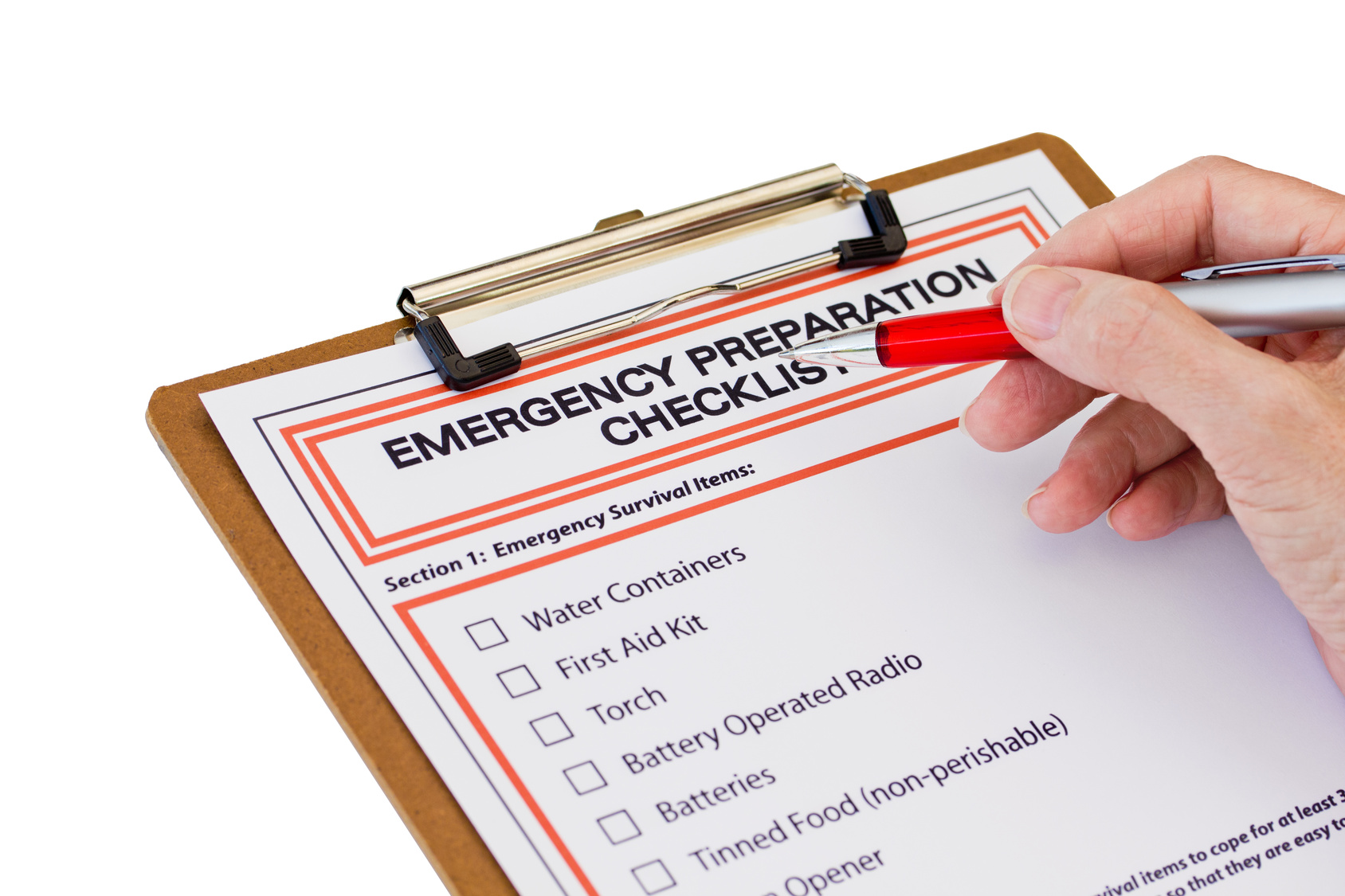AARP Hearing Center
Power outages and flood water during crises like Hurricane Irma can quickly destroy food and medication. However, these essentials do not always need disposed of after a storm hits.

It is important to note that food and medication should be disposed of if they have touched flood water, which contains contaminants that may cause illness. This rule also applies to nonmetal dishes, utensils and other kitchen supplies. Even foods that have been commercially sealed for long-term, unrefrigerated storage in an airtight all-metal can or retort pouch must be sanitized before use.
To sanitize food contained in either of these two forms of packaging, first remove and dispose of any labels. Next, wash and rinse the cans and pouches, and then disinfect the packaging with a sanitizing solution consisting of 1 cup (8 oz/250 mL) of unscented household (5.25% concentration) bleach per 5 gallons of water. After air drying, re-label the packaging by writing on the expiration date with a permanent marker.
Mayo Clinic recommends that the only time to keep a container that has touched flood water is when the package contains lifesaving and difficult to replace medication. In this case, the medication should only be used if the contents look completely untouched. The medication should be replaced as quickly as possible and the contaminated container then disposed of.
If you’re a diabetic and you use injectable insulin, try to keep your insulin cool (but not frozen). Sealed insulin vials can be stored for up to a month without refrigeration. Never freeze insulin or expose it to direct sunlight. Inspect insulin vials carefully after a loss of power to see if it looks normal. For more information, visit the Broward County government’s page with detailed information regarding insulin.
For more instructions on water and ice safety, as well as how to disinfect kitchen supplies, countertops, dishwashers, door handles and other home surfaces, visit the FDA’s guide on food safety after flooding.
Contaminated flood water is not the only danger posed to food and medication when disaster like a hurricane strikes. It is also important to consider whether a power outage has spoiled refrigerated or frozen goods.
Refrigerated food is generally safe if a power outage lasts less than four hours, though any perishable good that has been above 40 °F for more than two hours should be discarded. This time span shrinks the more frequently the fridge is opened, so make sure to keep the door shut as much as possible.
Never taste food to see if it is safe for consumption. Instead, use a thermometer to determine if it is still at a safe temperature, or simply throw it away if the power outage lasted more than four hours.
Refrigerated lifesaving medications may still be used until replaced, but may become less potent at room temperature, so work quickly to get a new supply.
A full freezer can hold food at a safe temperature for up to 48 hours if left unopened. As an easy way to determine if the food is safe, keep a thermometer in the freezer, and check to see if it reads above 40 °F when the power returns. If the freezer stays below 40 °F, its contents will remain safe.
Here’s a useful tip to consider if you have a freezer and you live anywhere on the Gulf Coast: Put an old-fashioned ice tray full of water in your freezer or in the freezer section of your refrigerator. Wait for the tray to freeze solid, then lay a coin, such as penny or a dime, on top of an ice cube. If you return from an evacuation and find that the coin is no longer at the top of the ice cube, your freezer’s contents have melted at some point and food may no longer be safe, even if it’s frozen when you check it.
When dealing with food safety, the rule “when in doubt, throw it out” is always the best route to follow.































































